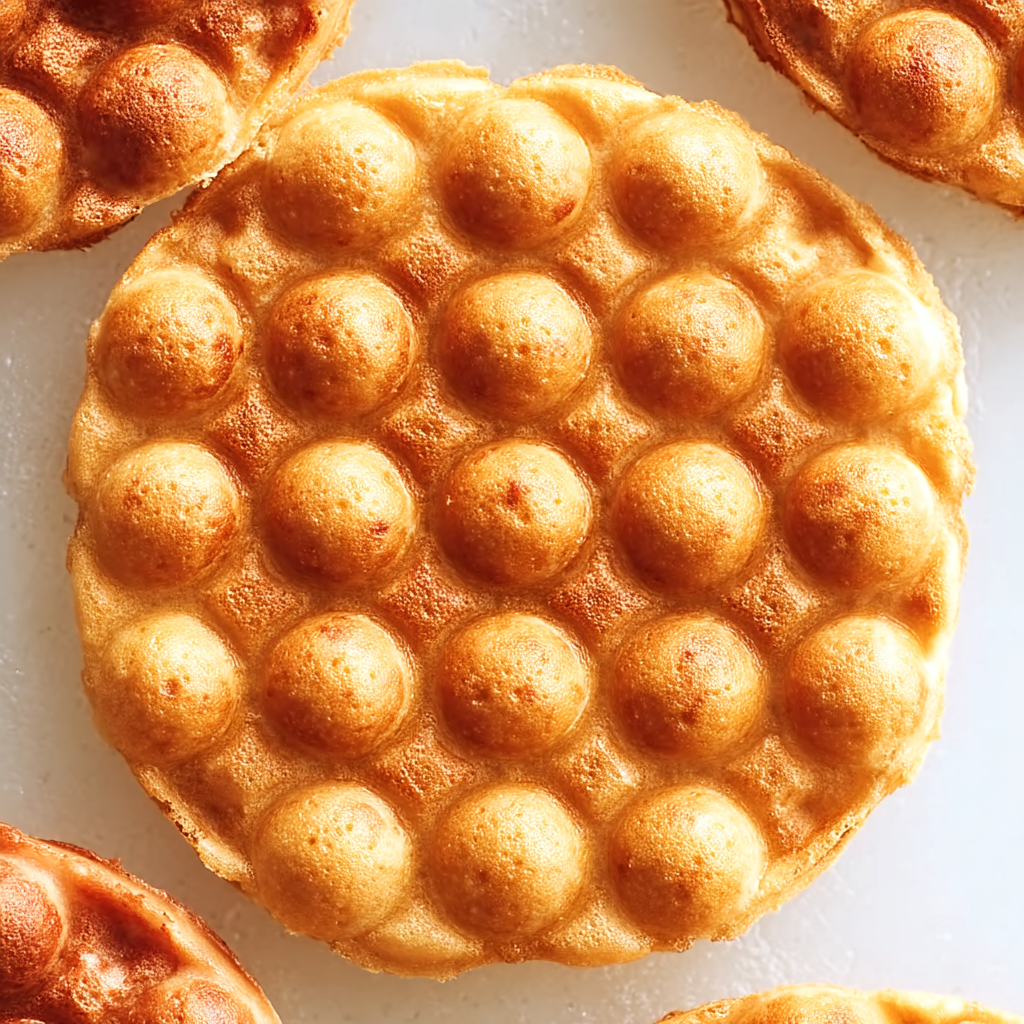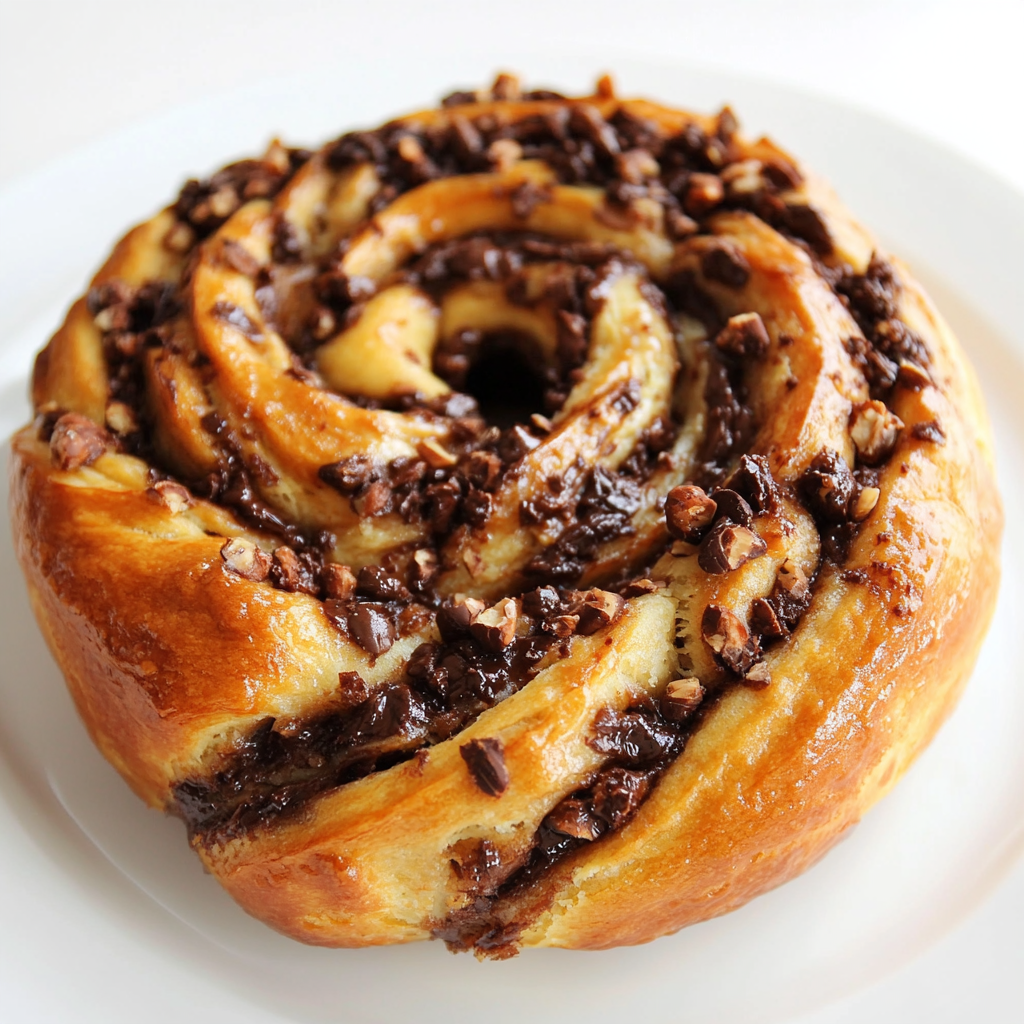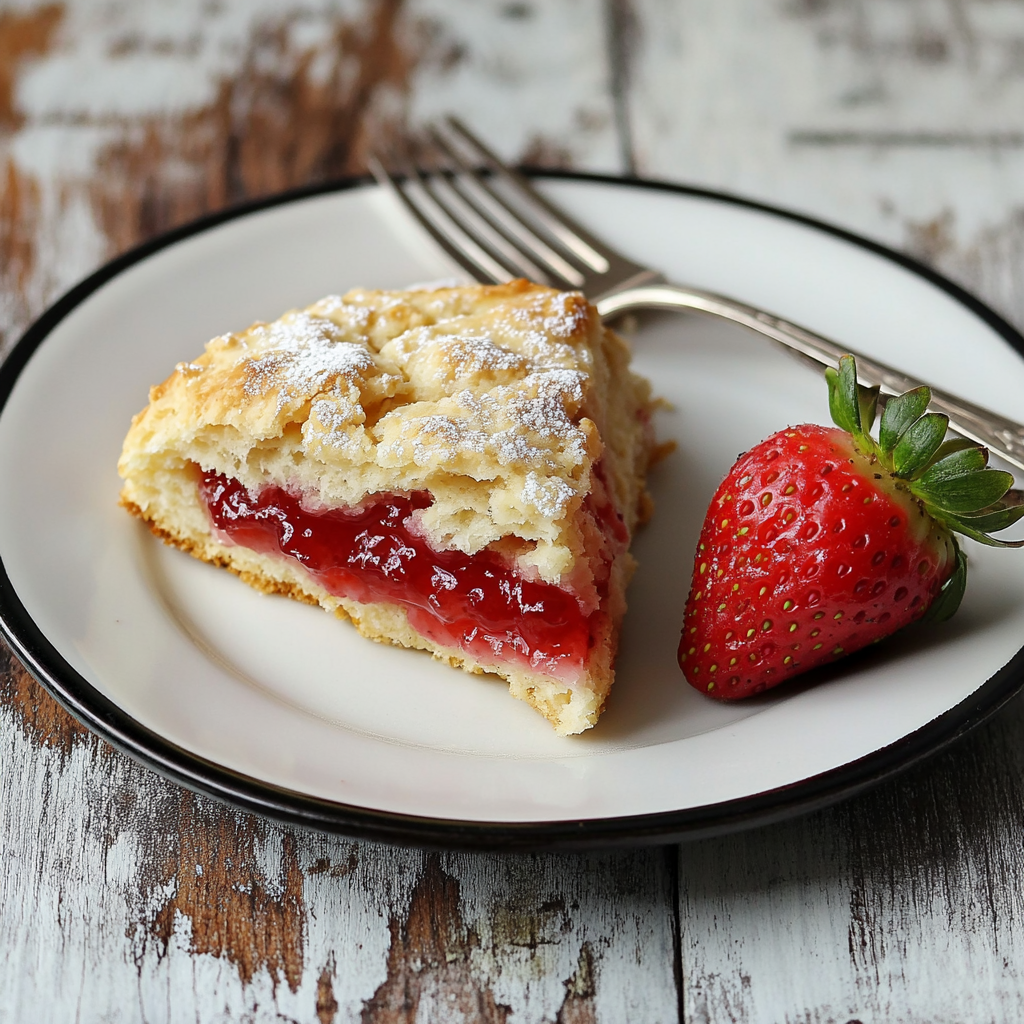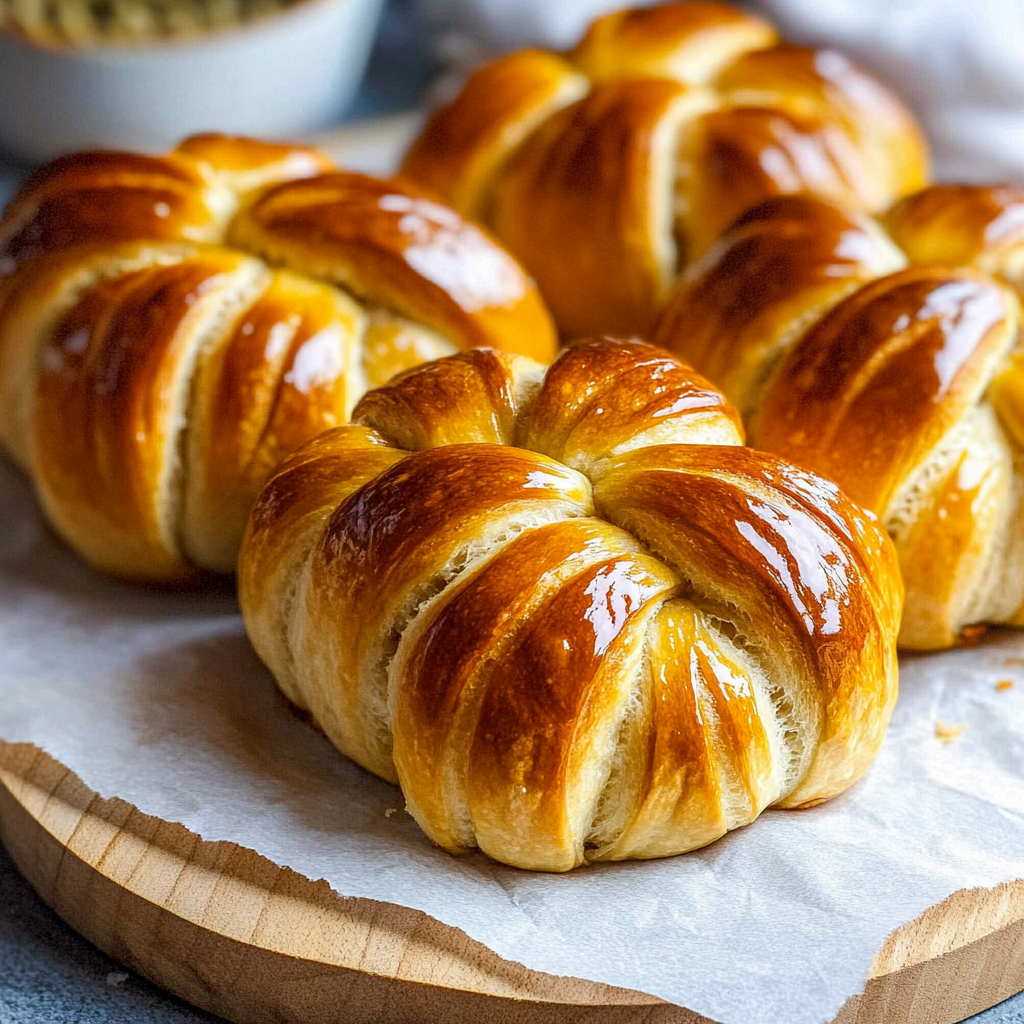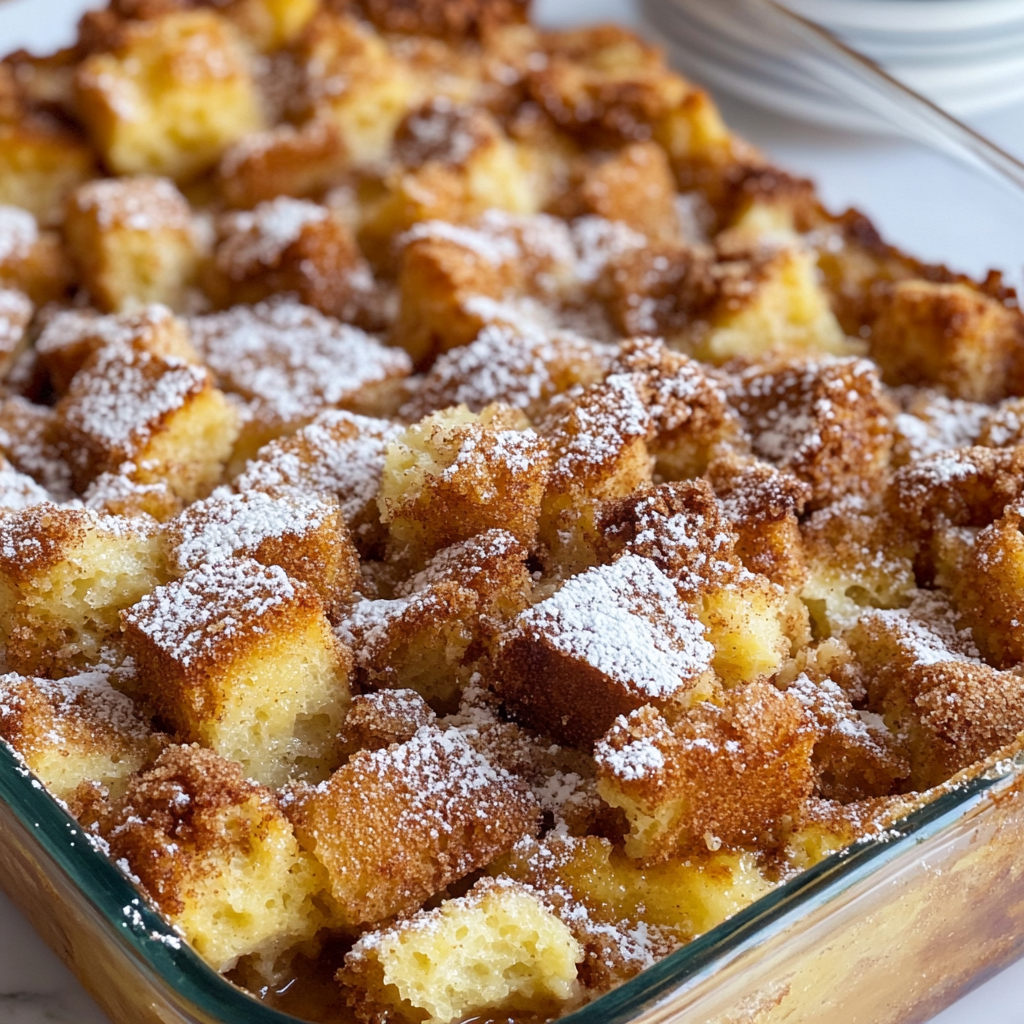Sourdough Milk Bread Recipe
Sourdough Milk Bread is the soft, fluffy loaf that combines the depth of sourdough with the pillowy richness of classic milk bread. This loaf uses a simple tangzhong method for unmatched softness.
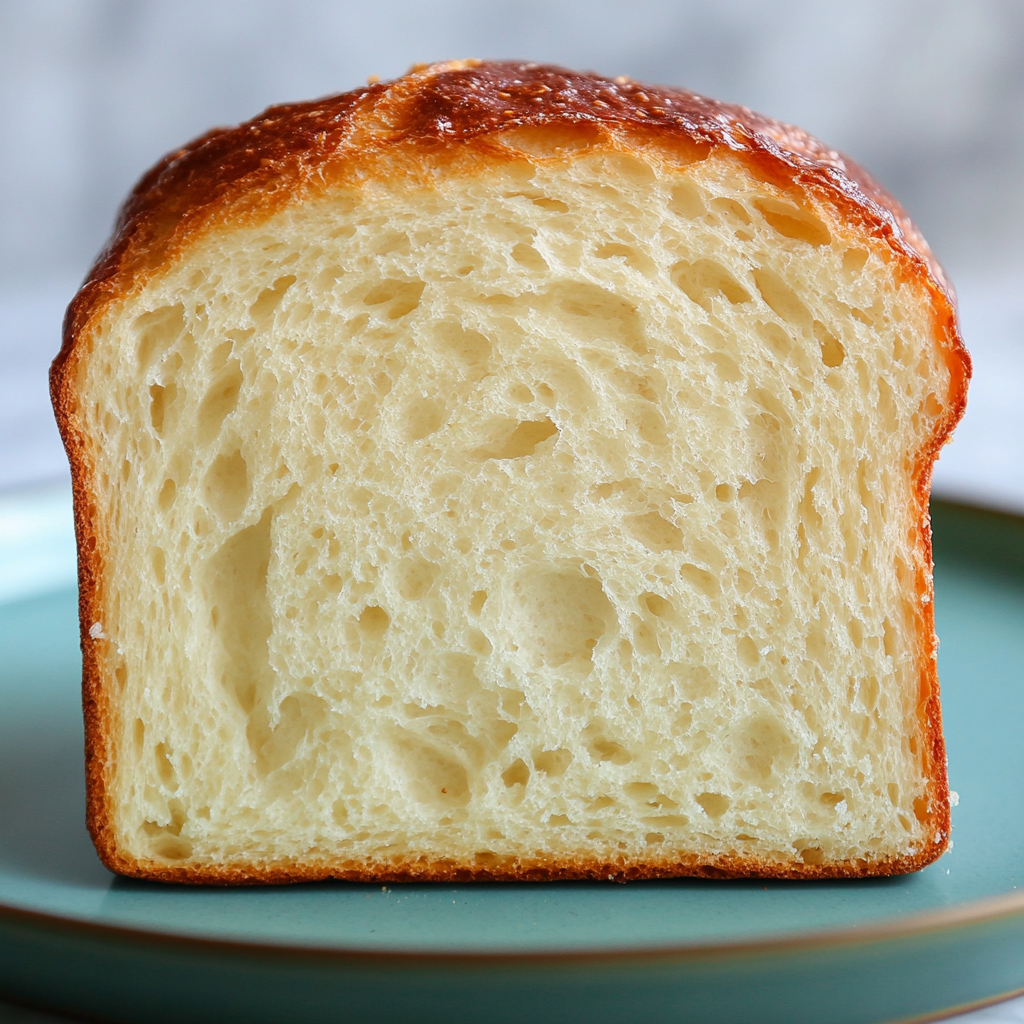
Each bite delivers a delicate crumb with a touch of sweetness, perfect for toast, sandwiches, or enjoying on its own. Once you taste it, store-bought bread will never compare.
What You Need for Sourdough Milk Bread
- Strong all-purpose or bread flour (300g) – Provides structure for a tender yet sturdy loaf.
- Whole milk (100g + 120g for tangzhong) – Adds richness and that classic milk bread softness.
- Granulated sugar (40g) – Light sweetness balances the tang of sourdough.
- Large egg (1) – Binds the dough and enriches flavor and texture.
- Unsalted butter (55g, room temp) – Gives a melt-in-your-mouth crumb.
- Sourdough starter (all ripe, about 70g) – The star ingredient that brings mild tang and beautiful rise.
How to Make This Soft Sourdough Milk Bread
Begin by feeding your sourdough starter the night before so it’s bubbly and active by morning. Cook the tangzhong paste until thick and glossy, then cool it with cold milk in your stand mixer bowl.
Mix in flour, sugar, milk powder, egg, salt, and your lively starter. Knead until the dough feels strong and elastic, then enrich it slowly with butter until silky smooth. Let the dough rest and rise in a warm spot until airy and puffy.
Once chilled briefly, shape it into three tight rolls and nestle them into your loaf pan. Proof until doubled and irresistibly pillowy, then brush with egg wash. Bake until golden brown, and listen for that hollow tap underneath to know it’s done.
Tips for Perfect Sourdough Milk Bread Every Time
Be patient with your starter—active bubbles mean better rise and flavor. Don’t skip the tangzhong; it locks in moisture, giving your bread a tender crumb that stays soft for days. When kneading, add the butter gradually to fully incorporate it without breaking the dough structure.
If your kitchen runs cold, create a warm haven in your oven with a bowl of hot water. Keep an eye on your loaf during baking—if the top browns too quickly, a loose foil tent works wonders.
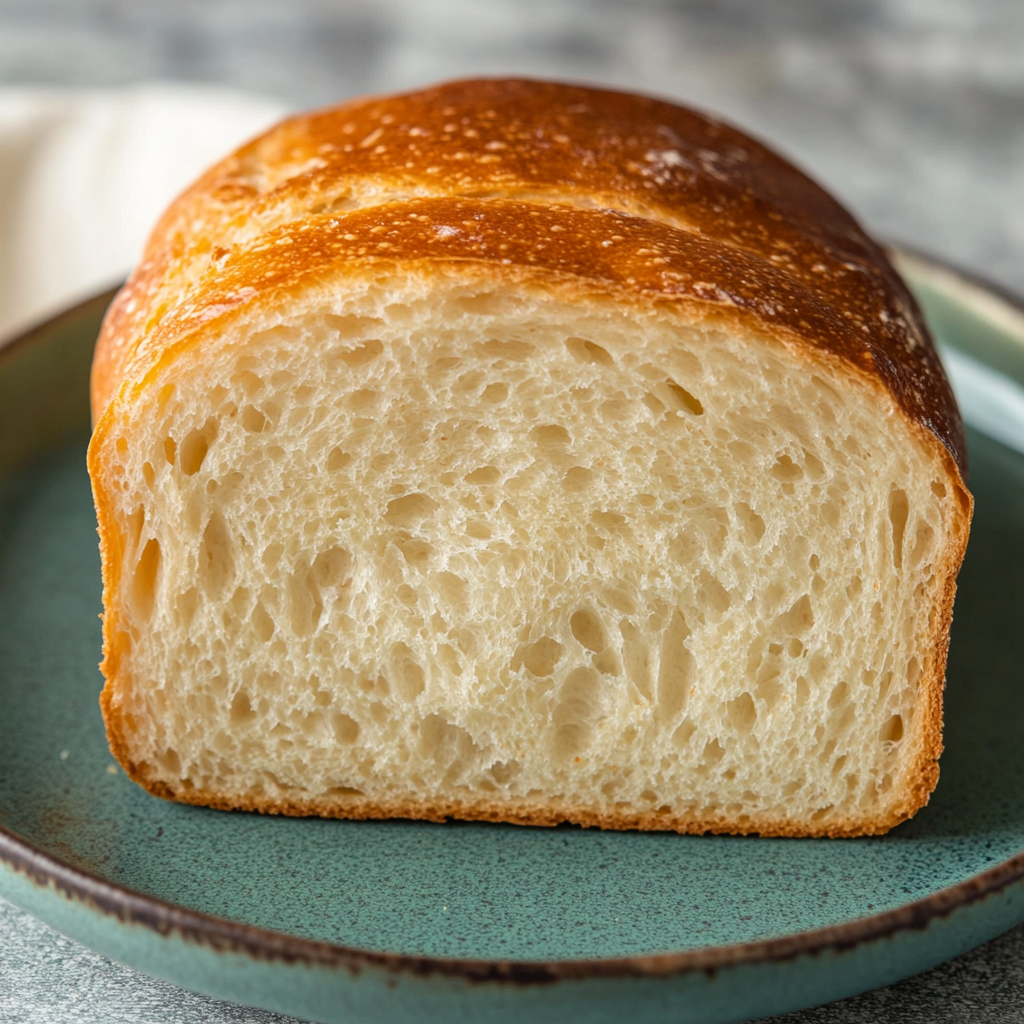
Keeping Your Loaf Soft and Fresh
Store your sourdough milk bread in an airtight container at room temperature for up to three days—it stays fresh beautifully thanks to the tangzhong. For longer storage, wrap tightly and freeze in slices; reheat gently in a toaster or warm oven to bring back that fresh-baked softness.

Sourdough Milk Bread Recipe
Ingredients
Starter
- 35 g water
- 15 g sourdough starter
- 35 g flour
Tangzhong
- 120 g whole milk
- 24 g all-purpose or bread flour
Dough
- 6 g salt
- 1 large egg
- 40 g granulated sugar
- 55 g unsalted butter room temperature
- 300 g strong all-purpose or bread flour
- 12 g milk powder
- 100 g whole milk
- All of the ripe sourdough starter approx. 70g
Instructions
- The evening prior, combine the flour, water, and sourdough starter in a small bowl, stirring until no dry bits remain. Transfer this to a clean jar, loosely cover, and leave it to ferment in a warm place overnight until doubled in volume.
- For the tangzhong, whisk together the flour and milk in a medium saucepan set over medium heat. Continue stirring constantly until the mixture thickens into a smooth paste. Remove from the heat and scrape the paste into the bowl of a stand mixer.
- Pour the cold milk over the tangzhong to bring down its temperature. Add the granulated sugar, main dough flour, milk powder, egg, salt, and the fully ripe sourdough starter. Begin mixing on low speed until a rough dough forms.
- Increase to medium speed and knead the dough for about 5 minutes until it starts to strengthen. Gradually incorporate the softened butter, adding a few pieces at a time, and continue kneading for an additional 10–12 minutes until the dough is elastic and pulls away cleanly from the sides of the bowl.
- Allow the dough to rest for 5 minutes, then perform a windowpane test by gently stretching a small portion; it should stretch thin without tearing, indicating proper gluten development.
- Place the dough in a lightly oiled bowl, cover, and allow it to rise in a warm area (around 77°F/25°C) for about 4 hours, or until it has expanded by roughly 50%. In cooler environments, create a warm, moist space by placing the dough in a switched-off oven with a bowl of hot water, refreshing the water as needed.
- Once bulk fermentation is complete, refrigerate the dough for at least 30 minutes to firm it slightly, easing the shaping process.
- Turn the dough out onto a lightly floured surface and gently deflate it. Weigh the dough and divide it into three equal portions, shaping each piece into a tight ball.
- Using a rolling pin, flatten each ball into an elongated oval roughly 20cm (8 inches) long. Roll each oval up tightly, like a Swiss roll, then position the rolls seam side down into a greased or parchment-lined 9×5 inch loaf pan.
- Allow the shaped dough to rise once more in a warm spot (around 77°F/25°C) until doubled in size, which typically takes 3–4 hours depending on ambient temperature.
- Preheat the oven to 350°F (180°C). Beat an egg with a tablespoon of water and gently brush this egg wash over the surface of the dough.
- Bake for approximately 30–35 minutes, or until the loaf is deeply golden brown on top. If the bread darkens too quickly, tent it loosely with foil. When fully baked, the loaf should sound hollow when tapped underneath.
- Remove the bread from the pan and cool it completely on a wire rack before slicing.

